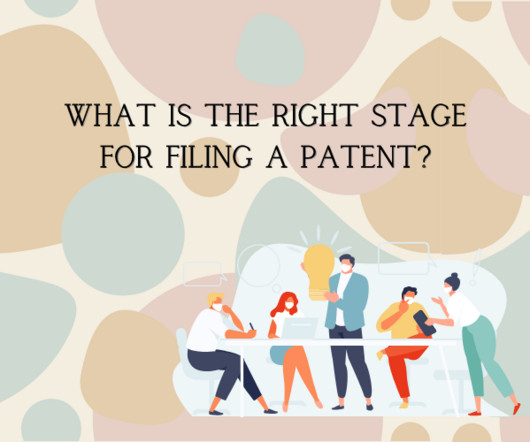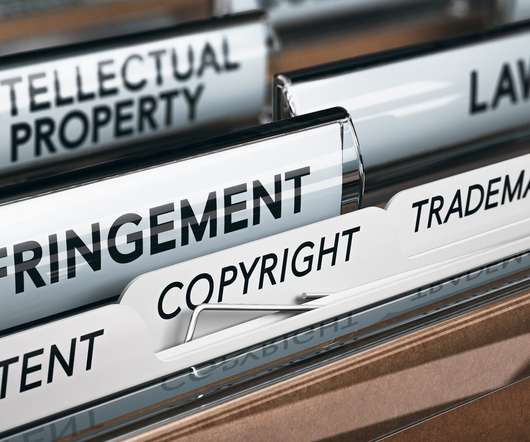What Is The Right Stage For Filing A Patent?
Intepat
MAY 22, 2023
However, something more than conception is required for an invention to be ready for patenting. The second way, i.e. constructive reduction to practice, is when the inventor can explain to a person of ordinary skill in the art in sufficient detail so that they may make use of the invention without requiring undue experimentation.












Let's personalize your content